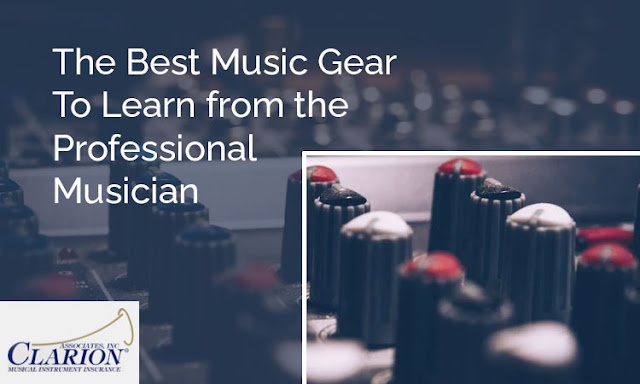Someone who pursues the passion of music to make a profession out of it is known as a musician. The individual might be a composer, conductor, or performer. They might include songwriters, vocal artists, or musical instrument players. Musicians can also be categorized according to their music styles and background of musicality.
Musicians may be solo performers in concerts or studios or a part of an orchestra or band setup. The essential quality of a musician lies in expressing themselves creatively. Being a musician requires a lot of hard work and dedication. Musicians spend many hours practicing their craft, honing their skills, and perfecting their performance. They also need to understand music theory, composition, and production techniques well.
Musicians play a vital role in creating and sharing this powerful force, and their contribution is essential to our cultural heritage and collective well-being. Thus, protecting them at all costs is essential.
There are many ways to protect them but one of the best ways is musicians insurance. Yes, you read it! We will get to it sooner but first, let’s find out why conserving them is essential.
Conserving Musician - an Absolute Necessity
Musicians like any other artist are the ones who express themselves through music. Music has the power to bring people together, heal, inspire, and uplift. And thus, here are some reasons why conserving a musician and his valuables is a necessity:
• Musicians are valuable assets to the cultural aspect of society. Thus, it is essential to safeguard them and their valuables from all sorts of risk factors. Having a musicians insurance also enables artists to perform their job more efficiently with enhanced peace of mind. This kind of insurance facility is generally recommended for professional musicians, but freelancers might also opt for musician insurance to secure themselves as well as their possessions.
• In a profession like music, a lot of uncertainties surround musicians, including theft of gear, bodily harm to their public figure, natural calamities, or various clauses about specific regions nationwide. Thus, they should avail of Musician's Insurance which would act as a safety net in case of unforeseen circumstances.
• Various threats or claims might arise when a musician or a band performs events across the globe. It might be due to political reasons or public outrage, which might lead to heavy damage to their property as well as the venue. A musician's insurance can provide coverage for all of these threats.
Benefits of Musicians Insurance
There are many different types of musicians, including singers, instrumentalists, composers, and producers. And through insurance, we can protect them all. Well, let’s how a musician's insurance could be beneficial-
• Musicians' insurance is a type of insurance designed to protect musicians from financial loss due to unexpected events that could impact their ability to perform or earn a living. It's a specialized form of insurance tailored to the unique needs and risks professional musicians face.
• Musicians' insurance can cover a wide range of risks, including theft or damage to musical instruments, loss of income due to cancellations or delays, liability for injuries or property damage, and even disability or illness that may prevent a musician from performing.
In summary, musicians' insurance is critical to a professional musician's financial planning. Musicians face unique risks and challenges in their careers, and having the right insurance coverage can provide peace of mind and financial protection. Whether it's protecting their musical instruments, income, or personal liability, musicians should consider all types of insurance to ensure they are adequately covered.
Conclusion
We all know how music has contributed to the world. It has not just been restricted to an art form but has led people to express themselves effectively and efficiently. Sometimes, it has been a part of the freedom struggle and sometimes a form of pleasure. However, it would be best if you remembered that the artist gives rise to the art. Therefore, it is essential to protect the artist to conserve the art.



